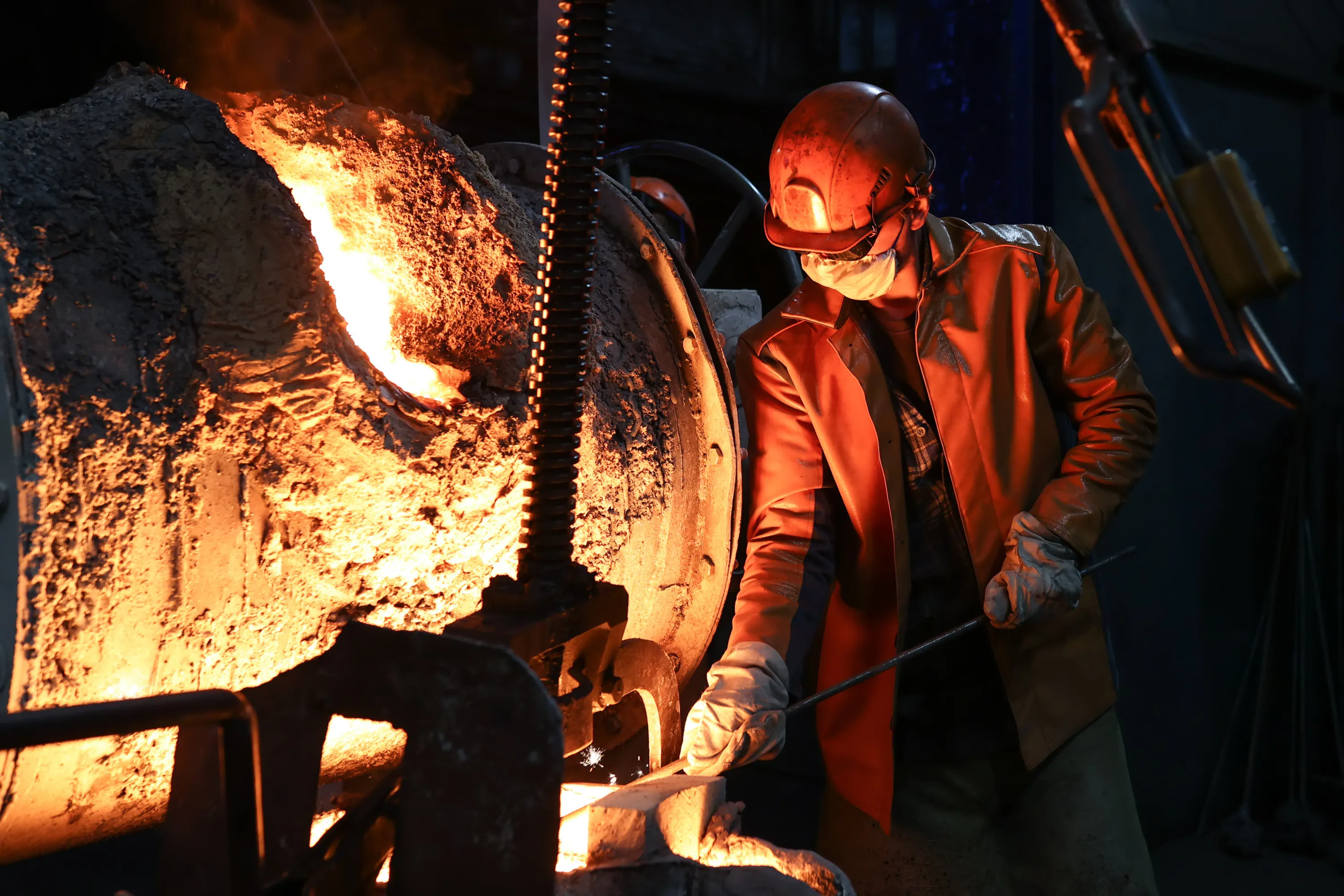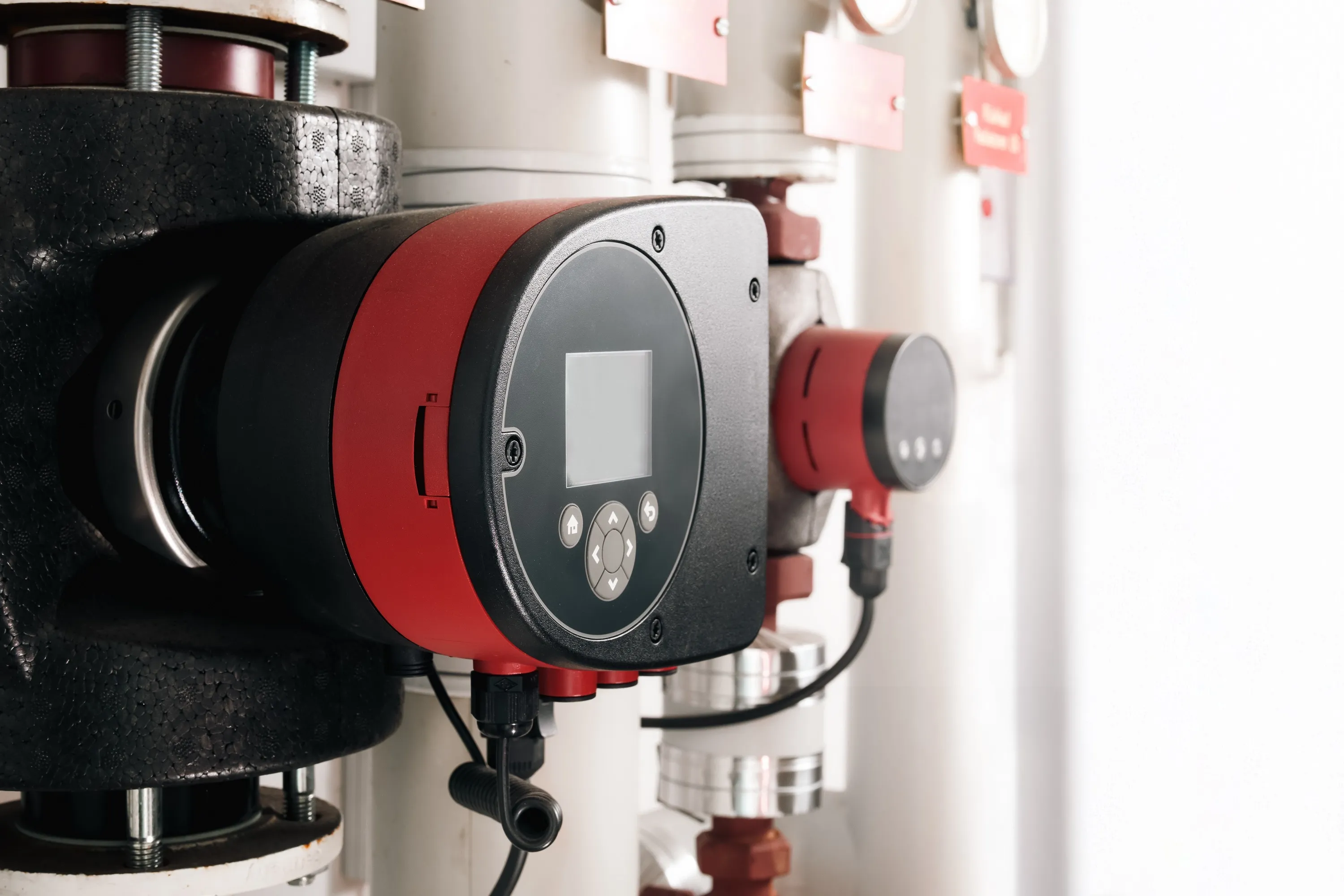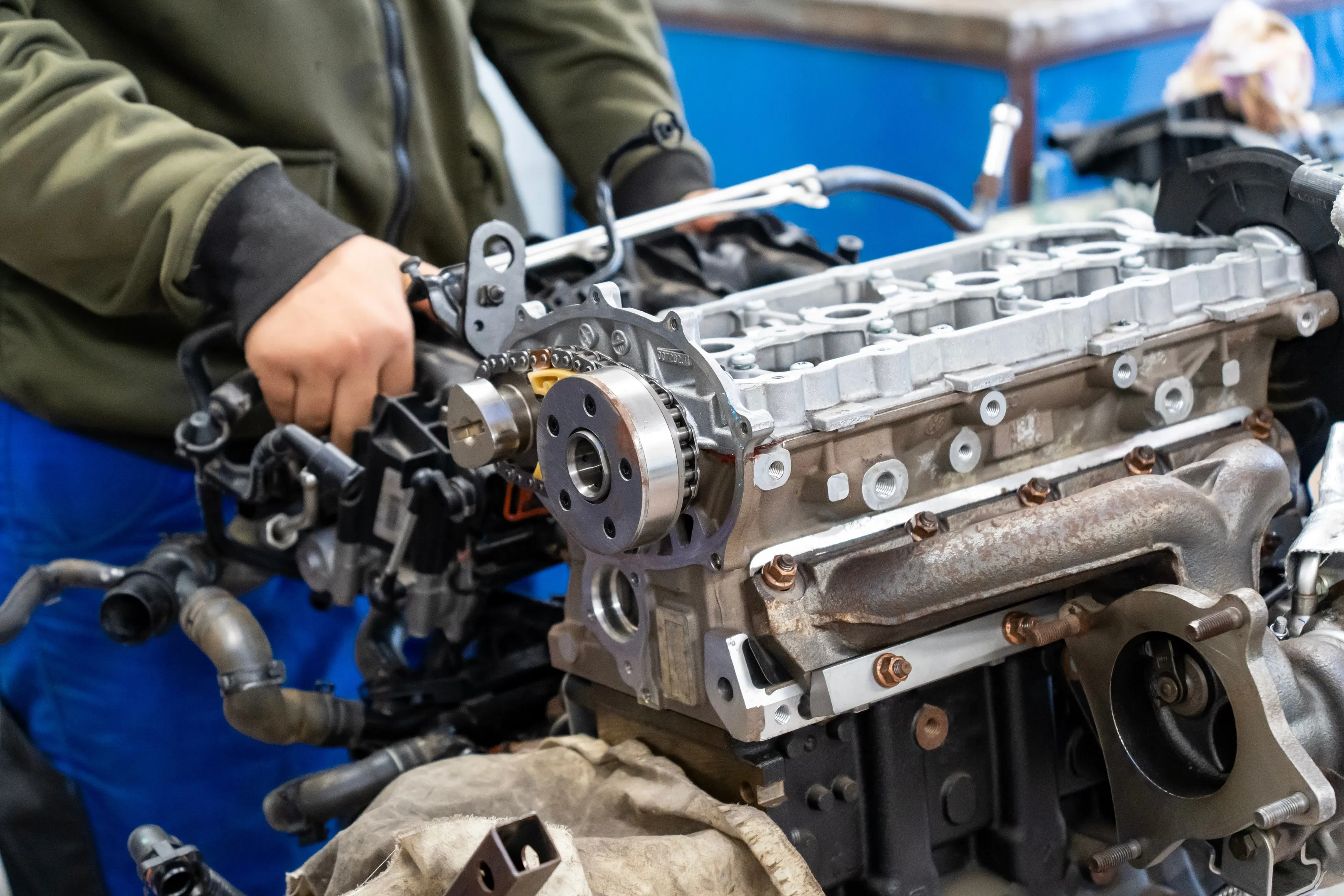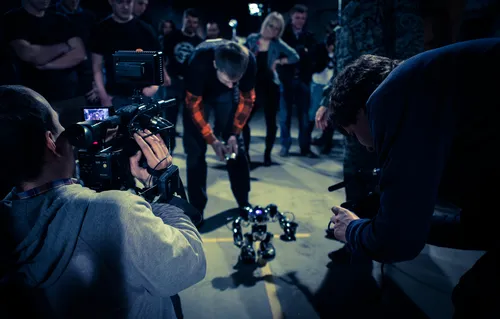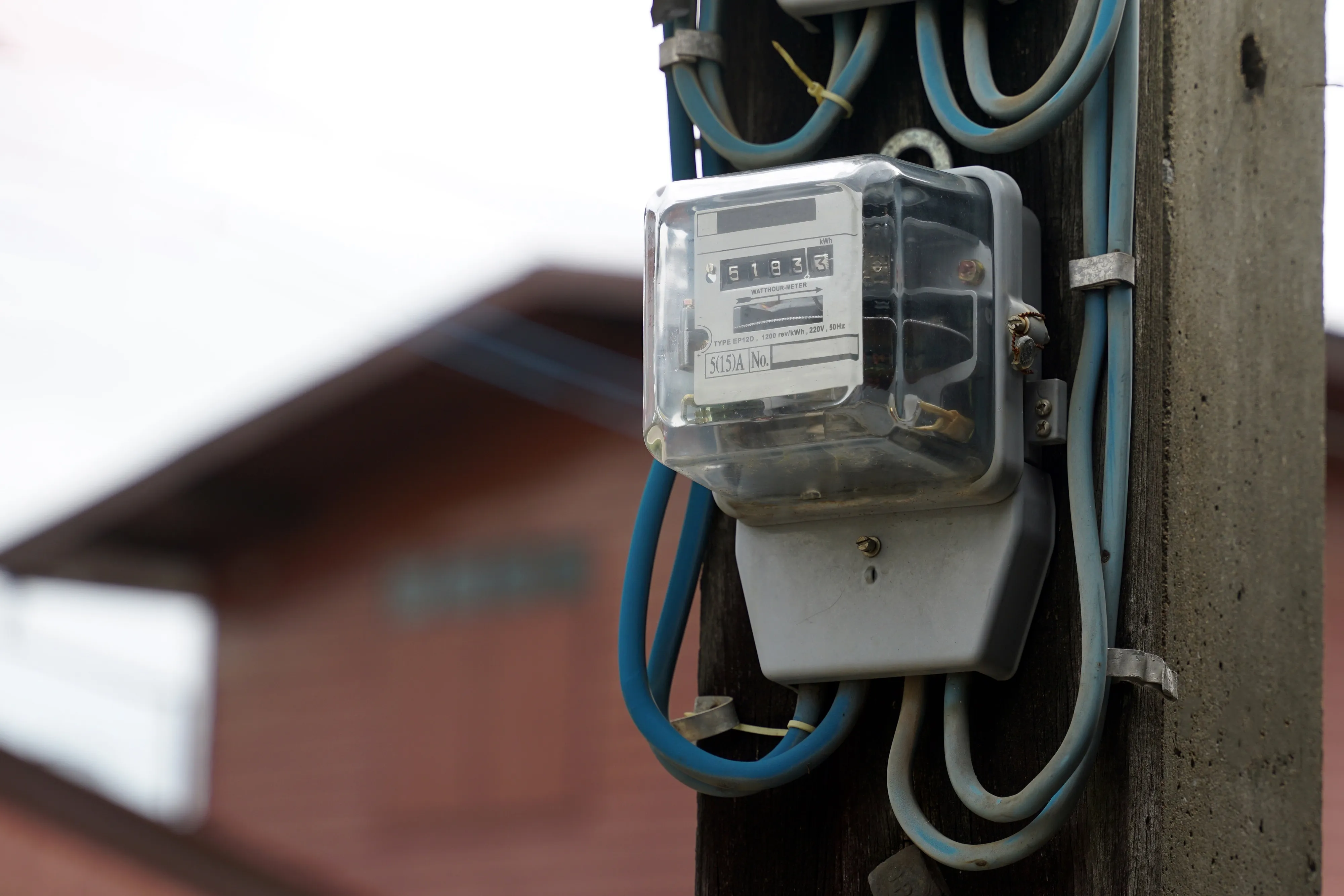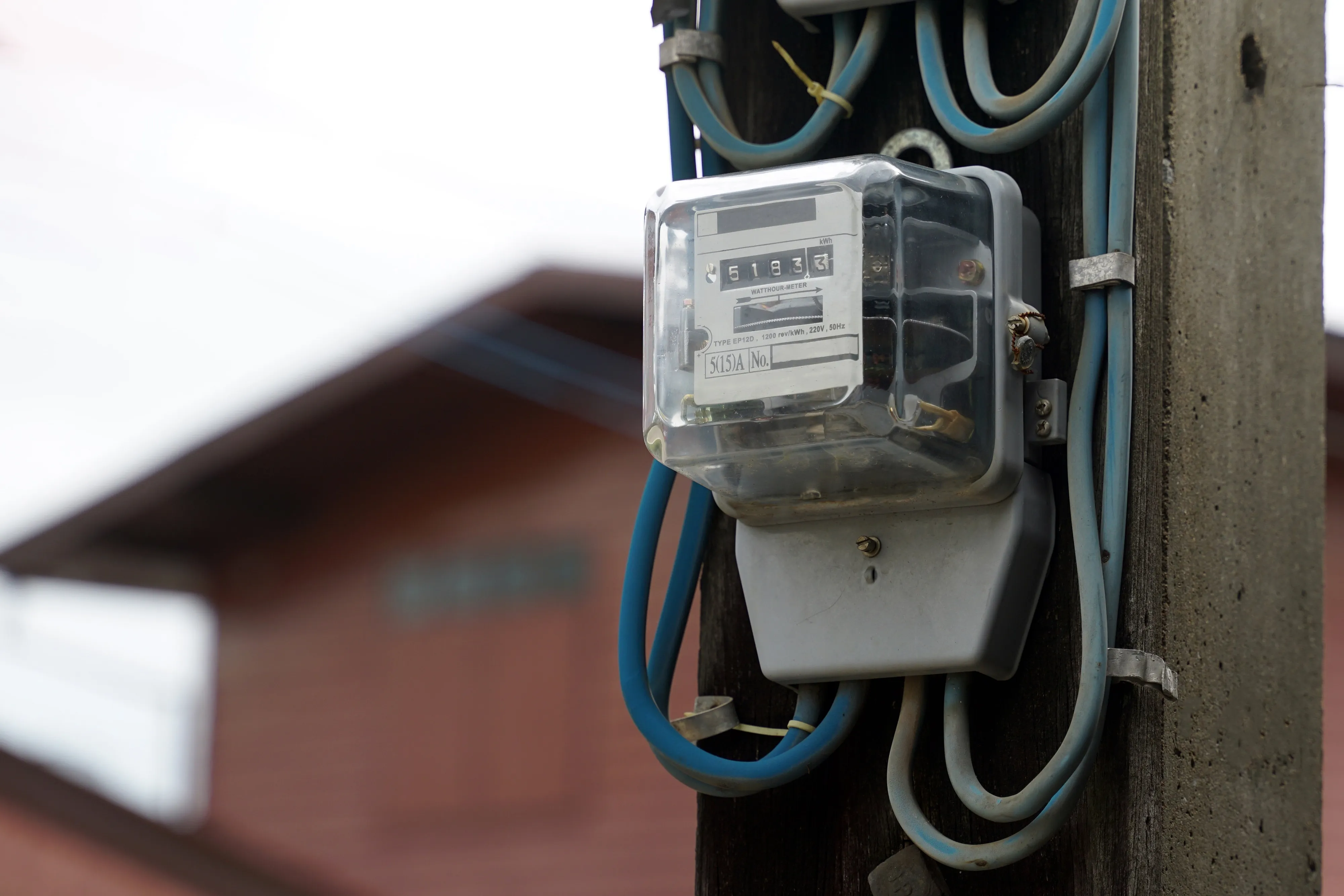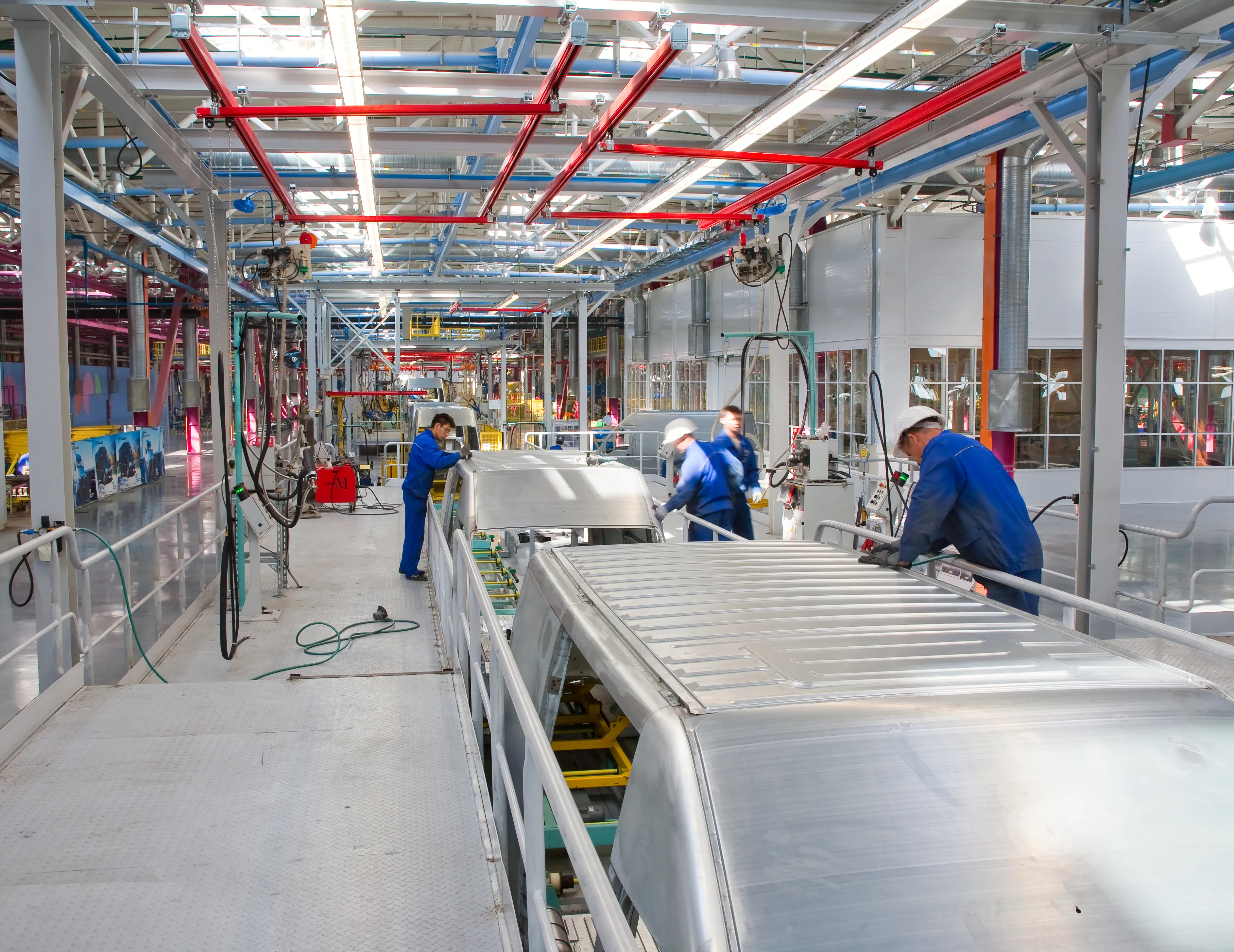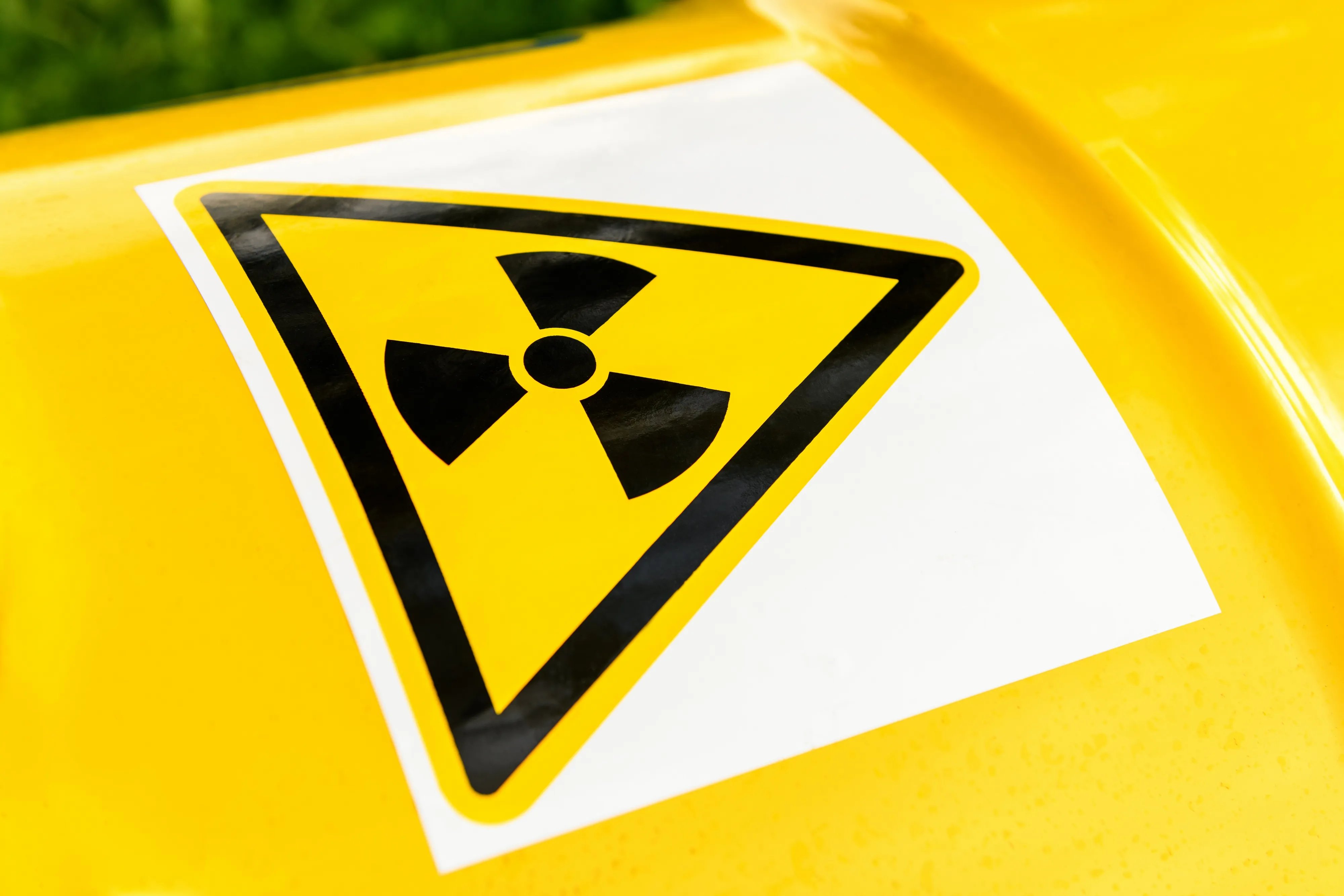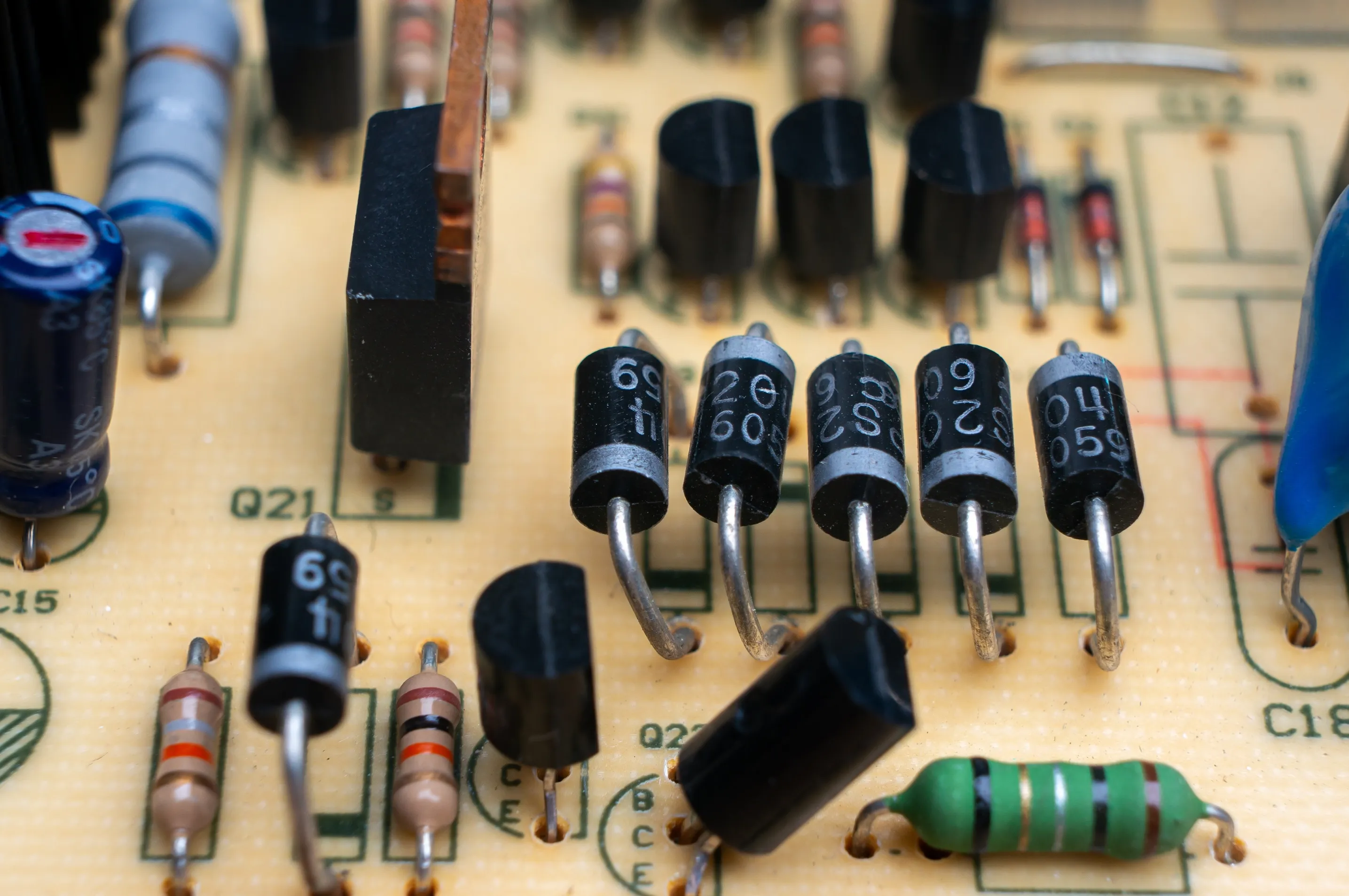Russia’s New Glass-Cutting Robot Doubles Output and Slashes Defects—No Gloves Required
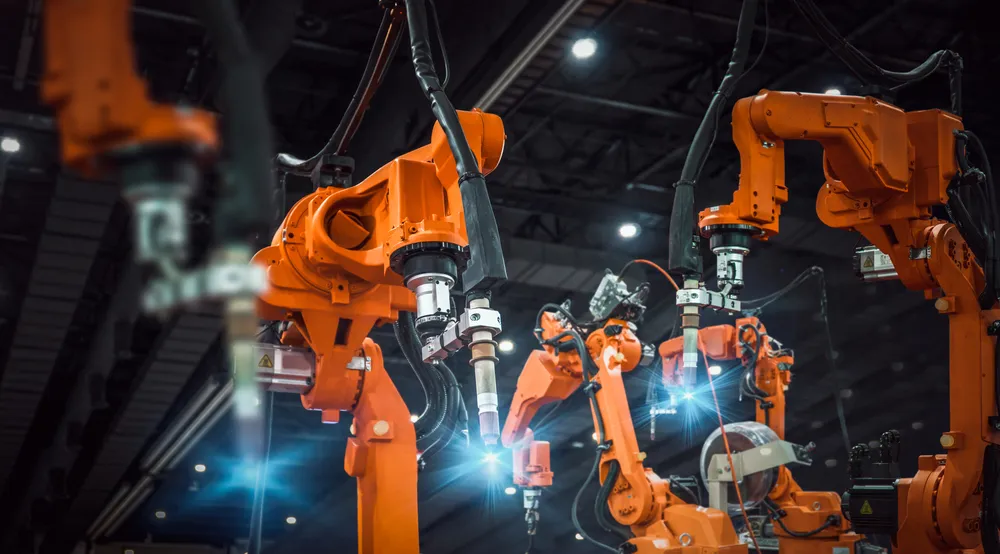
Engineers and students at Saint Petersburg Polytechnic University have unveiled Russia’s first fully robotic system for machining quartz glass—a notoriously tough material prized for its heat resistance, chemical stability, and optical clarity
The automated workstation doesn't just replace manual labor; it outperforms it, doubling production speed and reducing defects from 25% to just 5%.
Quartz glass plays a critical role in everything from medical devices and labware to lasers and microelectronics. But its precision shaping has traditionally relied on skilled hands, open flames, and no small amount of risk. That’s where the Polytechnic’s innovation comes in: their system fully automates key steps like feeding and securing raw blanks, aligning a gas torch with pinpoint accuracy, and keeping human exposure to a minimum.
“This isn’t incremental innovation—it’s a leap,” says Alexander Semencha, director of the university’s Nanotechnology and Coatings Center. “With one install, a factory can double or even triple its output—no extra hires needed. The hardware pays for itself in under six months.”
The team is already working on next-gen upgrades, including thermal sensors and computer vision, that will push the robot closer to full autonomy. In a sector where precision is everything, this glass-cutting bot may be the clearest sign yet that Russian industrial automation is entering a new era.










